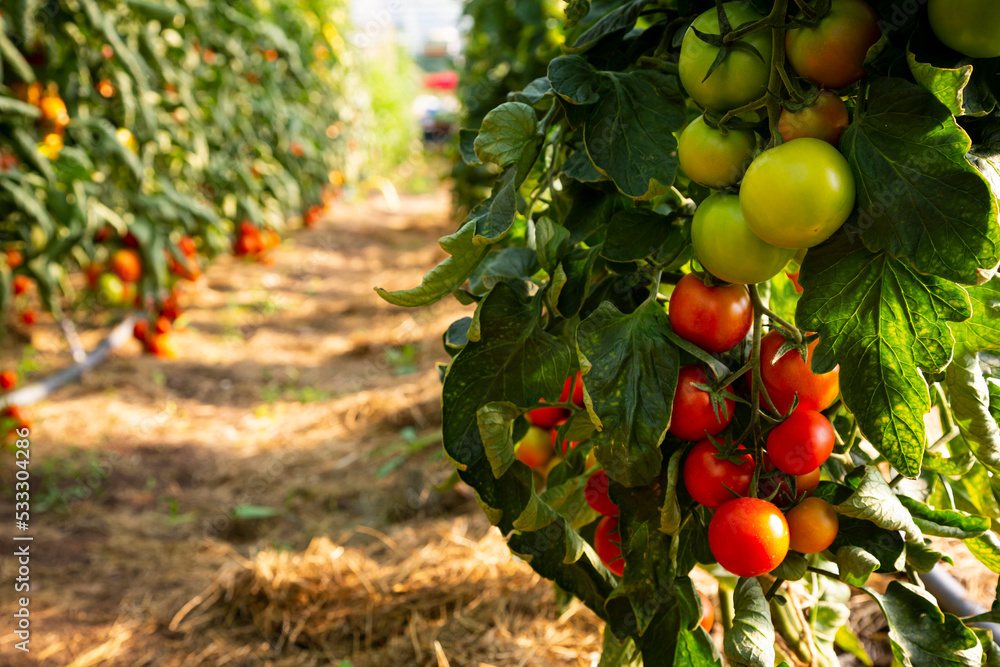Have you ever had to send money back home to support the family farm? Perhaps for inputs during the planting season or pay for farm labour?
Did you get the money back?
Informal versus formal economy
The recent move to tax agricultural producers’ farm income has elicited mixed debate. The main arguments against: the government is overreaching and farmers do not make enough. And the main arguments for: we all need to pay taxes and perhaps it could lead to better civic/voter engagement.
Me, I think everyone ought to pay taxes. No one – not the informal or the formal sector- should carry a heavier tax burden. The use of “informal versus formal” here is deliberate. Because the tax conversation is about expanding the tax base which translates to how to capture the informal sector.
For the formal sector, the government easily get taxes off employed persons’ incomes before salaries are disbursed. Compliance is high because there are mechanisms for following up and enforcement.
However, taxing informal sector incomes is complicated. And the sector is a big tax base – comprising almost 70% of the economy. The government does not have eyes or ears in the sector, and no idea of how much is made, when, by whom and where the money goes. Said government is to blame here: how do you not pour resources into researching and understanding a sector that comprises the biggest chunk of your economy?
Let’s go back to farmers. Is Agriculture a formal or informal economy? I would say it straps both sides, depending on the enterprise and the entrepreneur. There is a line somewhere, that delineates formal and informal agricultural enterprises. This line of formality is a great starting point for the government to know who, where and how to tax farmers.
The Line of Formality
Group 1: Above the line: Well-established enterprises, large or small-scale, own or lease land. They have high-value farm produce e.g. horticulture or have access to high-return markets e.g. export market/urban/peri-urban areas or benefit from processing/value addition. Well-endowed in terms of assets, skills, leadership/management, and are formalized (registered, formal leadership/management and communication channels and have organizational structures). If such enterprises are not already paying taxes, then they are tax cheats who should be nabbed.
Group 2: Below the line: The other end of the spectrum comprises small-scale farmers, mostly family farms. Agriculture is one of the several things they do for household income. The farm is often for subsistence, only the surpluses are sold and financial motivations are secondary. Thus, they may not cost their produce, that is, calculate how much in labour, water, land etc costs went into the production. Additionally, they may not have a say in the final price of the produce, being unable to access markets by themselves – transport challenges and other market dynamics.
For these farmers, the costs of production are offset informally. For example, they own the land, hence no lease fees. Family members provide labour, hence, no consideration of labour in terms of costs. Additionally, costs of inputs come from other business ventures/formal jobs or family members.
Taxation for this group would not be appropriate. Unless they are supported to get to group 3 below.
Group 3: Switching between sides: These enterprises switch sides and can be above or below the line of formality depending on risk and season (climate, disease outbreak, market fluctuations etc). Produce is sold locally or abroad. Examples include cash crop producers e.g. sugarcane, tea, coffee, avocado and some groups of herders/livestock producers.
In low-risk, good-season situations, the enterprises are above the formality line. They get good returns for their produce, have access to good markets and easily offset production costs. In high-risk, bad-season events, the enterprises barely make enough to offset their production costs. Such events lead to significant losses for the producers.
Group 3 is the proverbial low-hanging fruit for a new tax base, but only AFTER capacity building (I know we do not like the word) to get them consistently above the line. This might involve attending to the factors that cause bad seasons/high risks and ensuring producers have a lot more say in the marketing and sale of their produce.
The switchers can be a cash cow as a new tax base, but it is a cow that needs to be fed and tended to produce milk. It would be a slow process, but in 3-5 years, the cow would be ready. Some of the producers are in cooperatives and may have a produce board, which makes the implementation of a withholding tax easy (this is the government’s strategy). But there needs to be enough in earnings made and reaching the farmer first.
Way Forward
World over, farmers are known to strongly resist policies they did not agree with (look up “peasant resistance”). In Kenya’s colonial period, farmers would rather uproot crops than be forced to do things they did not want. By their sheer number and importance, farmers are not people any government wants to cross. Forced implementation could be disastrous. Involve producers in decision-making and make it an incremental process.
Unfortunately, gentle, non-punitive implementation of directives is not on the list of things the Kenyan government is famous for. In a strange mirror to the colonial era, the government enforces directives through coercion and threats of arrest, heavy fines or imprisonment.

